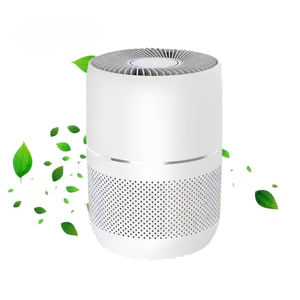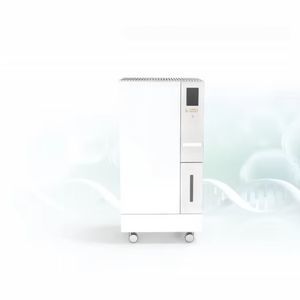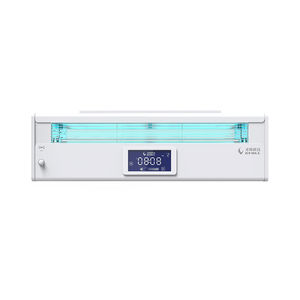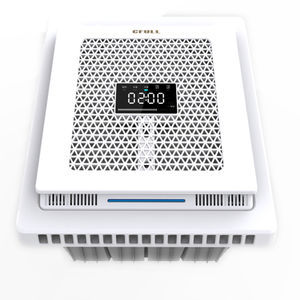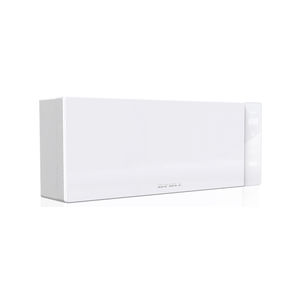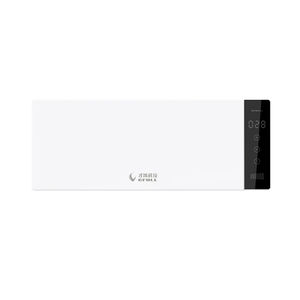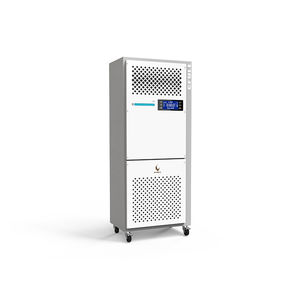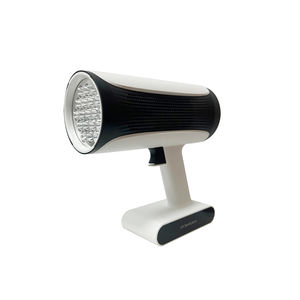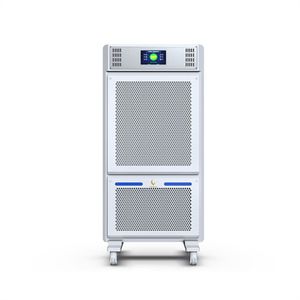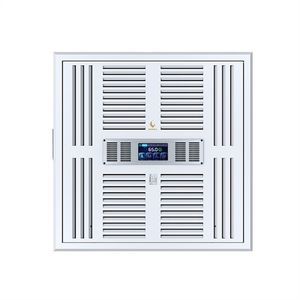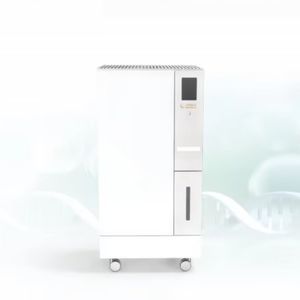
- Medical Technical Facilities
- Hospital infrastructure
- Mobile air purifier
- Hubei CFULL Medical Technology
Mobile air sterilizer CF/Y120UVwith HEPA filterhospital
Add to favorites
Compare this product
Characteristics
- Configuration
- mobile
- Technology
- UV
- Accessories
- with HEPA filter
- Applications
- hospital, for healthcare facilities, laboratory, for home use
- Other characteristics
- germicidal, with microbial elimination
- Weight
14 kg
(30.9 lb)- Length
385 mm
(15.2 in)- Width
350 mm
(13.8 in)- Height
918 mm
(36.1 in)
Description
UV air purifiers use UV-C light to kill or deactivate microorganisms, such as bacteria and viruses, in the air. They work by using a UV lamp that emits electromagnetic radiation to remove airborne contaminants. UV air purifiers are often used in hospitals, laboratories, and other environments that require high levels of air purification. It is important to note that UV air purifiers are not effective in removing particulate matter, such as dust and pollen, from the air.
Product Introduction
UV air purifier is an air filtering device that uses ultraviolet light to kill or deactivate airborne viruses, bacteria, and other microorganisms. It is designed to clean and purify the indoor air, making it safer and healthier to breathe. The UV light interacts with the DNA or RNA of the microorganisms, either killing them or making them unable to reproduce. The air purifier may also use additional filtration technology to remove particulate matter and other contaminants from the air. UV air purifiers are commonly used in hospitals, laboratories, and other sensitive environments where air quality is critical.
Advantage
1. Effective air purification: UV air purifiers are highly effective in killing airborne pathogens such as bacteria, viruses, and other microorganisms.
2. Odor reduction: UV air purifiers are also efficient in eliminating unwanted odors from the air. This is particularly useful for homes or businesses where pets, smokers, or cooking can cause unpleasant smells.
3. Cost-effective: Compared to other air purification systems, UV air purifiers are relatively affordable, making them a cost-effective solution for air purification.
Catalogs
No catalogs are available for this product.
See all of Hubei CFULL Medical Technology‘s catalogsOther Hubei CFULL Medical Technology products
Air Sterilizer
Related Searches
- Healthcare facility air recirculator
- Hospital air recirculator
- Germicidal air recirculator
- UV air sterilizer
- Air sterilizer with HEPA filter
- Mobile air sterilizer
- Wall-mounted air recirculator
- Laboratory air recirculator
- Home use air sterilizer
- Compact air sterilizer
- Air purifier with microbial elimination
- Plasma air sterilizer
- Portable air sterilizer
- Dental clinic air sterilizer
- High-performance air sanitizer
- Ceiling-mounted air recirculator
- Air sterilizer with touchscreen
- UVC air sanitizer
- Laboratory water purification system
- Standalone air purifier
*Prices are pre-tax. They exclude delivery charges and customs duties and do not include additional charges for installation or activation options. Prices are indicative only and may vary by country, with changes to the cost of raw materials and exchange rates.


